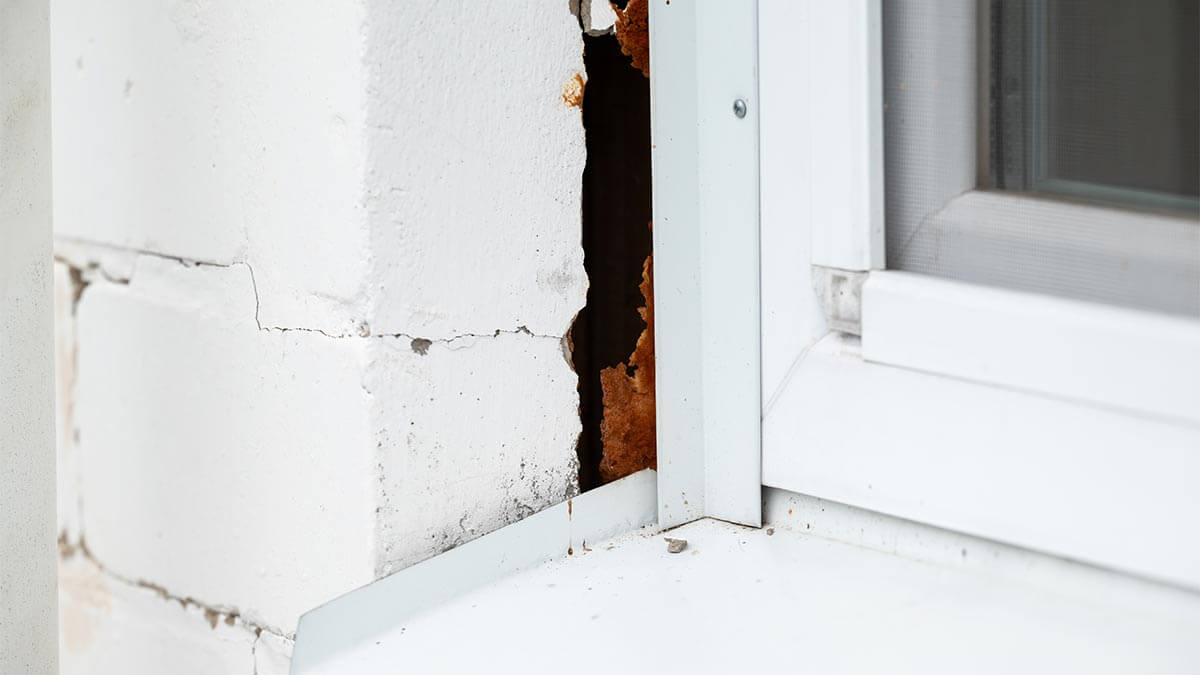The contingency period is a critical time for home sellers, and homes can remain in this period anywhere from a few days to several weeks. The timing of a home’s contingency status can depend on things such as inspections, appraisals, or financing approvals.
In this article, we’ll dive into the details of contingency periods, what they entail, and how they can impact your home sale.
iBuyer.com can help simplify your home selling process, allowing you to avoid prolonged contingencies and enjoy the efficiency of a quick, cash offer.
Compare Cash Offers from Top Home Buyers. Delivered by Your Local iBuyer Certified Specialist.
One Expert, Multiple Offers, No Obligation.
Contingent Status Explained
How Long Does a House Stay in Contingent Status?
The length of time a house stays in contingent status typically ranges from 30 to 60 days. This period can vary depending on the type of contingencies in the offer, such as inspections, appraisals, or financing approvals.
What does contingent mean?
Contingency means the buyer and seller have entered an agreement to sell the home if certain criteria are met before closing. There are countless types of home contingencies. Here’s a breakdown of the most common contingencies in home sales.
Home sale contingency
Sometimes buyers need to sell their homes before they buy another one. In this case, the buyers will make an offer contingent on the sale of their home. If the buyer’s home doesn’t sell within the contingency period (usually 30 to 60 days), the home sale is off.
Inspection contingency
Most buyers want to make sure the home they’re buying won’t need extensive repairs. In this case, the buyers will make an offer on a home contingent on the inspection. If red flags come up during a third-party inspection, the buyers can walk away from the sale without losing earnest money.
Appraisal contingency
Appraisal contingencies mean a bank or financial institution has to agree on the value of a home. If a third-party appraiser says the home is worth $300,000, most lenders aren’t going to allow a $400,000 loan for that home. If there’s too much disparity between the appraised home value and the purchase price, buyer and seller can walk away penalty-free.
Loan contingency
Most homebuyers need to secure a loan before they can buy a home. If they aren’t approved for that loan, the sale falls through. Loan contingencies protect buyers from losing earnest money if their financial situation unexpectedly changes.
If a home buyer loses their job or gets hit with a mountain of medical bills, they may no longer qualify for the home loan they need.
Are contingent and pending the same?
The two terms are sometimes used interchangeably but shouldn’t be. Pending status homes mean contingencies have been met. The buyer and seller are waiting for the closing date and the house is off the market.
Can I make an offer on a contingent home?
This depends on the purchase agreement. Here’s a breakdown of different contingency showing statuses you might see.
Contingent continue to show
Sellers with contingency offers can continue to show their homes until the closing date. A seller might want to entertain backup offers if a buyer can’t meet the contingencies in their purchase agreement. This type of contingent status means a buyer still has the agreed-upon time frame.
Contingency no show
If a seller and buyer are confident in their contingency agreement, the house won’t be available for showings. If a contingency isn’t met by 30 to 90 days, the home may become available. It’s still on the market until closing, but the buyer and seller have agreed not to show it.
Contingency with a kick-out clause
Contingencies are usually a good deal for buyers but increase the risk for sellers. If the buyers’ home doesn’t sell or they can’t secure financing, the seller has lost valuable time to show their home to other potential buyers.
A kick-out clause gives sellers an advantage in the home selling process. The clause allows sellers to continue showing their house while it has contingent status with current buyers. Sellers may even accept offers.
If they find an offer they like better, sellers usually give the original buyer 72 days to either drop their contingency, raise their offer or back out of the sale. This situation is referred to as the right of first refusal.
Buying and selling homes without contingencies
Traditional real estate transactions often have contingency agreements. When the housing market is hot, buyers may remove certain contingencies to make their offers more competitive. This carries more risk to the buyer if an inspection uncovers big repairs or appraisal amounts are higher than expected.
Some sellers who want to skip traditional home sales altogether are opting for iBuyers, or instant buyers. iBuyers use market data to find the value of your home. They give sellers a cash offer and may send someone to take a look at the home.
The seller and iBuyer come to an agreement on the home sale price and closing date. Some iBuyers even help their sellers move.
Why use an iBuyer?
Traditional home sales involve a lot of work for sellers. You need to make improvements and repairs, choose a realtor, and open your home up for showings. Once offers come in you need to weigh the risks of contingencies.
With iBuyers, you don’t have to ask the question, “How long can a house be contingent?” An iBuyer lets you cut through the confusion and simply sell your home.
Take a look at iBuyer.com to find iBuyers near you. Need more info? Give our specialists a call at 866-655-1802 today.




